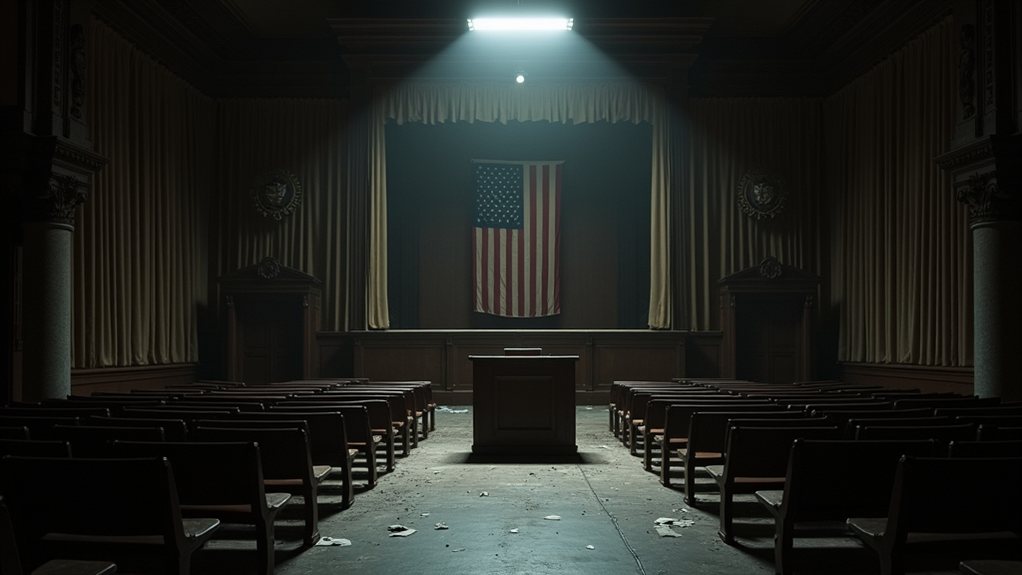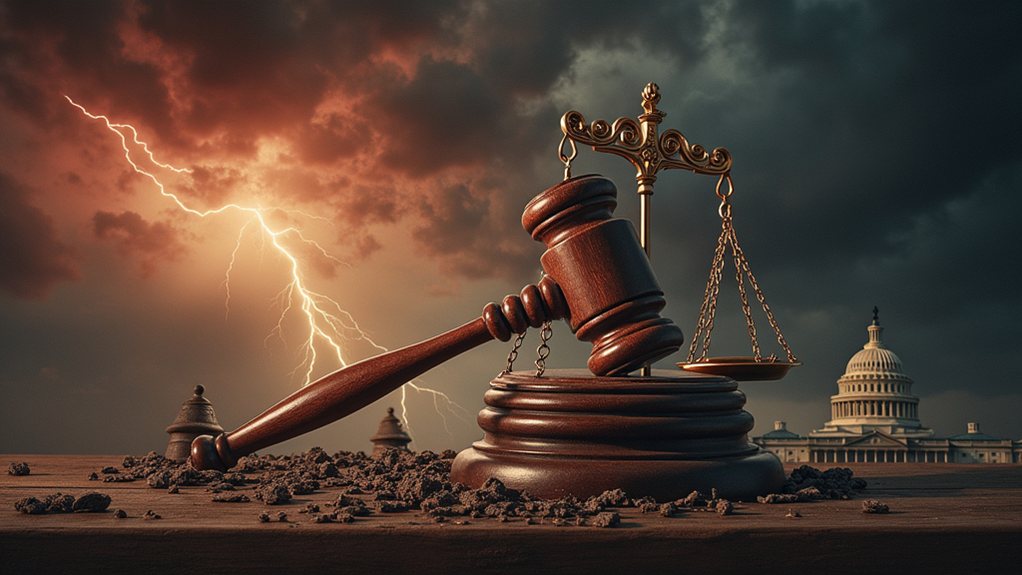As fears of a government shutdown grow, former President Donald Trump has stepped in to address the situation. He has acknowledged the possibility that the government might shut down soon. However, Trump expressed optimism about the approval of a temporary funding bill. He believes a continuing resolution (CR) will likely pass before the current funding runs out on March 14, 2025.
Recently, Republicans introduced a six-month stopgap spending bill aimed at preventing a partial shutdown. Trump urged Republicans to vote "YES" on the CR. He shared his support on social media, asking for a few months to help put the country's "financial house" in order. His backing is seen as essential for the slim Republican majority in the House, where they hold a 218-214 edge. In a bid to secure support, Trump emphasized that the CR aims to fund the government at current levels until September 30, 2025.
The new 99-page funding bill is designed to keep existing funding levels through fiscal year 2026. It includes an extra $8 billion for defense spending, while non-defense expenditures are expected to decrease by $13 billion. There's also an additional $6 billion allocated for veterans' healthcare. This bill also ensures compliance with spending caps from the Fiscal Responsibility Act (FRA).
On the other hand, Democratic leaders are instructing their members to oppose the Republican CR. They accuse Republicans of trying to cut Medicare and Medicaid. Democrats argue that the CR puts healthcare and nutrition assistance at risk. They claim Republicans are prioritizing tax cuts for billionaires over social programs.
Meanwhile, House GOP leaders need to convince nearly all Republican lawmakers to support the bill. There have been conservative defections on CRs in the past. Already, one Republican, Rep. Tony Gonzales, has expressed opposition.
GOP leaders remain optimistic about collaborating with the White House. They believe that Trump's endorsement could sway dissenters.
Uncertainty around government funding affects the markets. A potential shutdown could disrupt various government services and may impact economic growth. The federal workforce could face furloughs or unpaid work, which could also lower consumer confidence.






